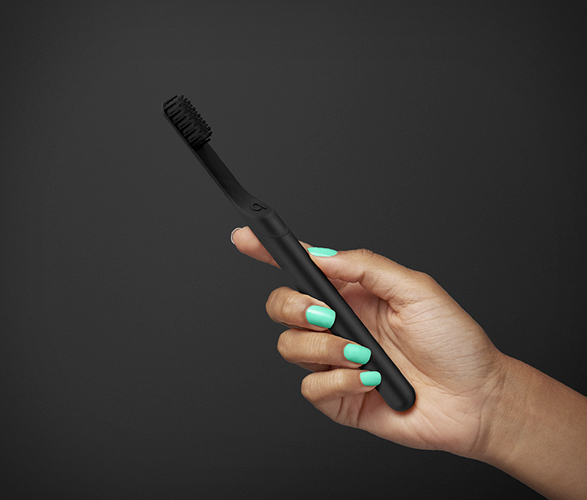
You’ll want it to soak in for a little while for best results. The best way to use it is to apply to your face and neck when you get in and then rinse off when you are through showering. I’ve been using a few times a week and it’s left my face feeling like I just left the spa. PIXI IN-SHOWER STEAM FACIAL: This is a great product to use between actual spa facials. There are several Pixi Rose products that I have on my list to try!

I’ve also tried it by itself applying directly on my skin, but finds it easier to use when it’s mixed with a thicker cream. (You can find all the skincare I use in THIS post) I mix it in with my night cream and love the way it’s made my face feel. PIXI ROSE OIL: This oil has been a great addition to my nighttime skincare routine. Those for the Gleem, Smile Direct Club, and Quip brushes can run anywhere from $5 (with a subscription) to $10 or more each (without one).PIXI ROSE OIL \\ PIXI IN SHOWER STEAM FACIAL \\ PIXI FORTIFEYE FACIAL TREATMENT \\ PINK STRIPE PAJAMA BOTTOMS \\ WAITING FOR THE WEEKEND TEE – NOT ONLINE (check your local Target store) Replacement heads for the Arm & Hammer and Oral-B drugstore brushes generally cost $4 to $6 each.
#Target quip toothbrush pro#
The other key difference between the pricier subscription brushes and the cheapies is that only the former have onboard two-minute timers.Īfter two years of replacing brush heads and batteries, though, we found that the Quip and other $25 brushes still cost roughly double what the Oral-B Pro-Health Battery Power Toothbrush does, and a third more than the Arm & Hammer Spinbrush Pro Series. (Quip offers a lifetime warranty on the brush handle for customers who maintain a subscription.) By contrast, changing out the brush head and batteries on a $25 Quip handle four times a year for two years adds up to about $74, with the discount provided by a subscription. Replacing the Colgate 360 every three months for two years totals roughly $64. You can’t just change out the head when it’s worn-you have to toss the whole brush. That’s especially true in the case of the Colgate 360 Floss-Tip Sonic Power Toothbrush, for which there are no replacement brush heads. Over two years of ownership, the price difference between the fancy, $25 brushes and the gaudy, sub-$10 ones shrinks.

According to our research and the experts we spoke with, a timer that helps ensure you brush for the right amount of time is the only non-negotiable feature of a quality electric toothbrush. The other key difference between the pricier brushes and the cheapies is that only the former have onboard two-minute timers. Pretty, for a price: the $25 Gleem (at left) and the $45, metal-handled Quip electric toothbrushes Photos: Rozette Rago The $45 metal-handled Quip, in particular, is especially beautiful. By contrast, Quip, Gleem, Sonicare, and Smile Direct Club’s The AA- or AAA-battery–powered brushes are much sleeker. These bulky, brash brushes were already dated-looking when they were first sold, their neon plastic bodies clashing with tasteful bathroom backsplashes worldwide. The AA- or AAA-battery–powered Colgate, Arm & Hammer, and Oral-B brushes found on nearly every drugstore shelf are garish and clunky. Yet there are some key differences between the $25 subscription brushes and the sub-$10 brushes, and not just in price. The takeaway: Brushing with the $25+ Quip and a popular, $6 Colgate brush feels roughly the same.


We decided to compare the trendy Quip with three similarly priced competitors (from Gleem, Smile Direct Club, and Philips Sonicare), as well as with three drugstore cheapies (from Arm & Hammer, Colgate, and Oral-B), to find the best of the AA- and AAA-battery–powered bunch. And this brush could make sense for travel, should you wish to leave a bulkier Oral-B or Philips Sonicare (and its charger) at home.
#Target quip toothbrush manual#
Still, lots of people love the Quip, particularly because of its streamlined handle, which makes it feel more like a manual brush to hold and store. (We do, however, think the company’s smaller version is a great choice for kids.) For this and other reasons, we don’t recommend the Quip (that sleek, shiny brush, third from the right, above) as an everyday electric toothbrush for most adults. Compared with the rechargeable electric toothbrushes Wirecutter recommends, the AAA-battery–powered Quip produces much weaker vibrations.


 0 kommentar(er)
0 kommentar(er)
